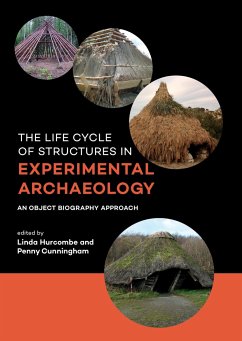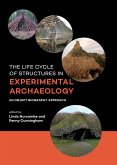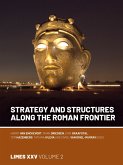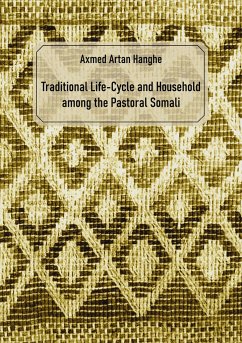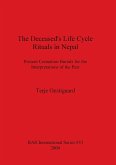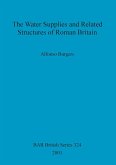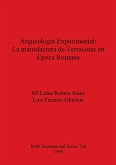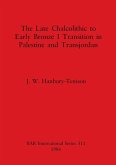The focus of Archaeological Open-Air Museums (AOAMs) is to present both the tangible and intangible past to the public. The tangible parts of AOAMs are the archaeological remains and the reconstructions. The intangible and, in some respects the most interesting part of an AOAM, is the story of the people the museum represents. This volume explores the research and visitor agendas of structures and their life cycles as they are experienced by experimental archaeology projects and AOAMs. The papers presented include research undertaken by both academics and craft specialists and demonstrate the value of experiential and experimental research to enhance both the visitor experience and research agendas. The papers were brought together as part of the OpenArch Project's Dialogue with Science Work Package. OpenArch is a five year project with eleven international partners funded with support from the European Commission. Structures include houses, boats, forges, and other diverse constructions. The structures are not static entities but change through time going through a life cycle. Key themes are the birth, life and death of structures. To explore these key themes papers in this volume consider the planning phase, the assembling of materials, the construction period and then the maintenance and repair needs and the change of use of structures as they age. For some structures this also includes issues surrounding decay, dilapidation, dismantling and destruction of these experimental structures. Understanding of these biographies not only contribute to our understanding of the archaeological record they also enable a consideration of the intangible aspects of structures whilst enhancing the visitor experience.ContentsPrefacePenny Cunningham, Linda Hurcombe, and Leena LehtinenIntroduction: The object biography approach to structuresLinda Hurcombe & Penny CunninghamPlanning StructuresHands on Heritage: experimental and experiential archaeology in the Avalon Marshes, Somerset, UK.Richard Brunning"U Pagghiaru": studies of traditional shepherd's huts and their relevance to a Bronze Age hut-rebuilding project in SicilyKati Caruso and Claudia SpecialeThinking through structuresPlant materials, hides and skins as structural components: perishable material culture and archaeological invisibilityLinda Hurcombe and Theresa Emmerich KamperSaving it for later: gathering, processing and food storage structuresPenny CunninghamBoats as structuresLinda Hurcombe & Brian CumbyExperiments on possible Stone Age glue typesWerner Pfeifer and Marco ClaußenConstructionExperiences of thatching at Kierikki Stone Age Village, FinlandInga NieminenA gateway to the Bronze Age: Experimenting with woodworking methods of the Terramara culture in Montale in ItalyWolfgang Lobisser"From Earth I Rose" Experimenting stone slab furnaces of the Finnish Early Iron AgeJoni-Pekka Karjalainen and Juuso VattulainenPolvus eris et in polvus reverteris: Experimental production of Iberian iron and post-processing approach to the furnace structuresJosé Miguel Gallego Cañamero, Manel Gómez Gutiérrez and Josep Pou I VallèsStructures'Huize Horsterwold', the reconstruction of a Neolithic houseplan using Stone Age equipmentAnnelou van Gijn and Diederik PomstraTesting the indoor environment and personal health in an inhabited reconstructed Viking Age house during winterJannie Marie ChristensenExperiences concerning Stone age building constructions in FinlandEero MuurimäkiDecline of structuresBlackhand Kiva: biography of a replica ancestral Pueblo subterranean masonry-lined structure, Montezuma County, Colorado, USABruce BradleyThe day the house sat down: the deterioration and collapse of the Ferrycarrig roundhousesTríona Sørensen
Bitte wählen Sie Ihr Anliegen aus.
Rechnungen
Retourenschein anfordern
Bestellstatus
Storno

